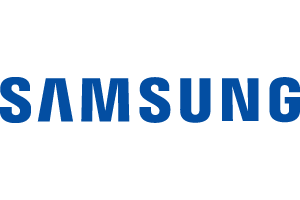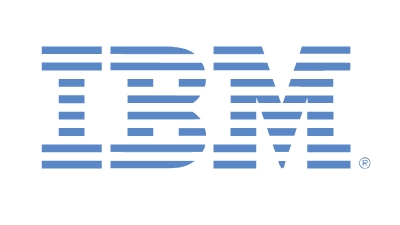Why VARs Need To Build Big Data Analytics Practices For IoT
Submitted by Mark Haranas on

How big a revenue opportunity is big data analytics right now for solution providers/VARs?
One of the compelling things about our approach is that we are predominantly software. As such, resellers can benefit from software-like margins. But the key for any reseller, is of course the "VA" in VAR. The true value to a customer will not come from a reseller just offering Jolata, but from those who are able to leverage its unique IP to create differentiable, high margin offerings, such as performance or latency guarantees, real-time monitoring services and deep integration with the rest of their network equipment portfolio.
How big a role is big data analytics going to play over the next 5 years? Has it ever been so important on this large a scale?
It's clear that as network usage continues to skyrocket and more device types spawn new fascinating network services, that more and more data will be captured and analyzed. Big data represents a major source of competitive advantage for running a business, almost any business. Our business is specific to helping customers accurately monitor and eventually predict what's happening in their network in precise detail.
Where UPS uses analytics to analyze exactly where your "package" is as it traverses it's logistics network, we use big data real-time analytics to analyze exactly where your "packet" is and how it’s performing as it traverses any network.
Do you think big data analytics is the biggest revenue opportunity in the emerging Internet of Things market?
It's hard to say, as it's still early in the IoT evolution. I am confident that data analytics will be a key enabler for the biggest potential IoT revenue opportunities.
How will a startup like Jolata make waves in this space against competitors?
We will take a different approach. We have to build a better mousetrap. Where others are hardware or box-centric, we are focused on software meters, better suited for virtual environments. Where others give results in minutes or even hours, we visualize a network in less than five seconds. Where others produce metrics based on synthetic, estimated or extrapolated traffic, we produce them using actual, live traffic.
While others mainly rely on mean averages of seconds or minutes, we currently look at your entire network in 100 millisecond resolution and that number will drop. Another key is our ability to attract a growing interest from industry Network Element Managment and managed service partners who want to augment their current offerings with differentiable features.
Talk about your new software-based TruFlow Platform and what makes it unique in the space?
We may not have the size, or money of many of our competitors. But we also don't have the baggage of a hardware business to protect. What we do have is a very compelling approach, featuring higher resolution, faster visualization and based on a software approach which makes us easier and more cost-effective to deploy in today's increasingly virtualized networks.






